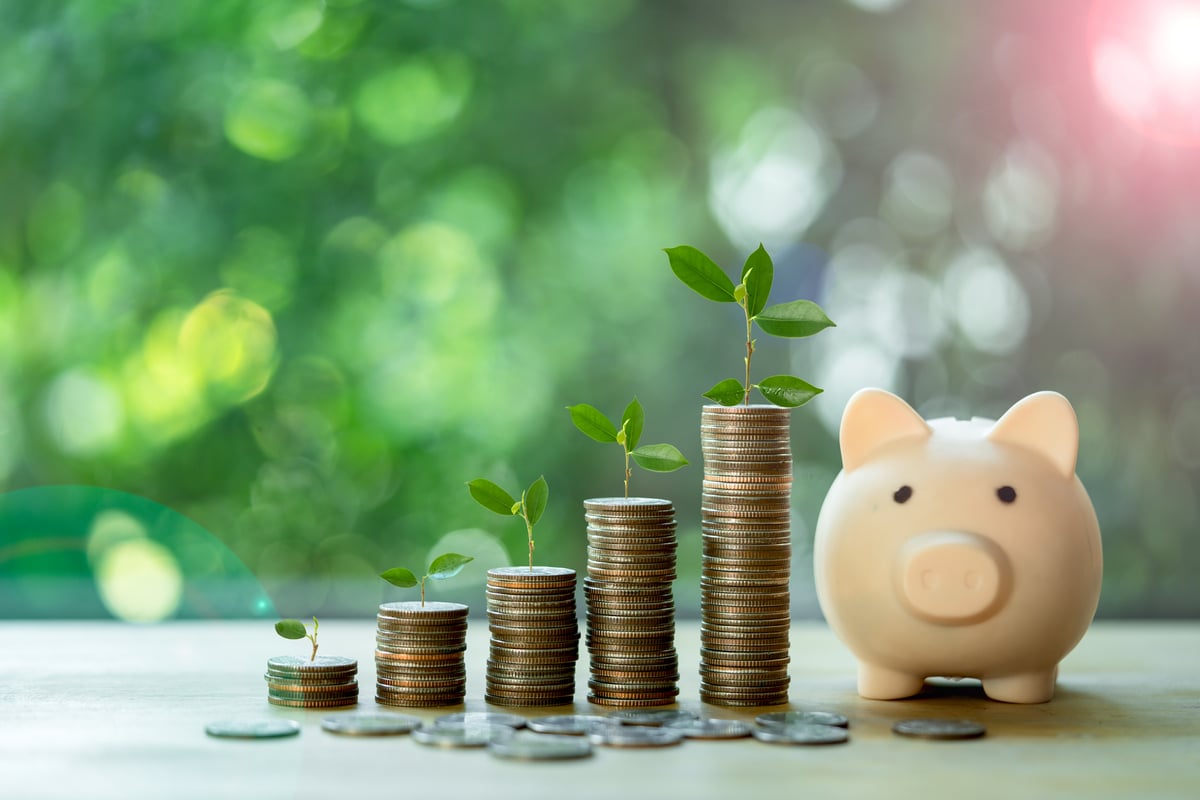UPS (UPS 1.22%) has faced significant challenges in recent years, resulting in lower revenue and profitability. That has weighed on the share price, causing the dividend yield to surge to 6.7%, well above the S&P 500's yield (1.2%).
Even though its financial results continued to fall in the third quarter -- revenue dropped 3.7% and adjusted earnings per share dipped 1.1% -- UPS made improvements in other key areas. Here's a look at whether UPS has improved enough to make it an attractive buy for dividend-focused investors.

Image source: Getty Images.
Shifting the focus from volumes to margins
UPS made the strategic decision to reduce its exposure to Amazon earlier this year. While Amazon is its largest customer, it's not the most profitable one. As a result, UPS plans to cut its Amazon shipping volumes by more than 50% by late next year. The e-commerce giant accounted for around a quarter of its shipping volumes last year and more than 11% of its revenue. This move is part of UPS's strategy to pivot toward higher-margin customers.
As part of that strategy, UPS aims to deliver $3.5 billion of annual expense reductions by the end of this year. It achieved $2.2 billion in cost savings through the third quarter, including the closure of 93 buildings and the elimination of 48,000 jobs.

NYSE: UPS
Key Data Points
The company's actions are starting to pay off. "Our focus on revenue quality yielded solid results," stated CEO Carol Tome in a third-quarter earnings presentation. She noted that U.S. revenue per piece grew by 9.8% in the period. That growth, when combined with its cost reductions, helped boost its U.S. operating margin from 6.3% to 6.4%.
Keeping an eye on cash flow
UPS' market headwinds and strategy shift caused concerns about whether it could maintain its dividend while it worked to turn things around. The company generated only $2.7 billion in cash from operations during the first half of this year, and less than $750 million in free cash flow after capital expenditures. That didn't come close to covering the company's cash returns to shareholders, which included $2.7 billion of dividend payments and $1 billion of share repurchases in the first quarter. The company's cash flow has declined significantly from last year, when it generated $10.1 billion in cash from operations and $6.2 billion in free cash flow after capital expenditures, covering its $5.4 billion dividend outlay with plenty of room to spare.
This year, however, the company has had to cover a shortfall between its cash flow and cash outlays by drawing on its balance sheet. As a result, long-term debt and finance leases increased from less than $19.5 billion at the end of last year to $23.8 billion at the end of the third quarter, while cash and marketable securities remained around $6.3 billion in both periods. Despite that increased debt level, the company has maintained strong investment-grade bond ratings (A/A2).
On a more positive note, the company's cash flow was much stronger in the third quarter as its cost-cutting initiatives began to pay off. It produced $2.4 billion in operating cash flow and nearly $2 billion of free cash flow during the quarter, helping to significantly close the gap.
Additionally, the company strengthened its balance sheet by cashing in on some of its real estate. It entered into a sale-leaseback transaction on five properties. That combination of improved cash flow and asset sales helped push its cash balance up to $6.7 billion at the end of the period. The company will need about $1.6 billion of those funds to close its pending acquisition of Andlauer Healthcare. With additional cost savings expected in the fourth quarter, UPS expects to end the year with $5 billion in cash after funding its capital needs.
That acquisition is also part of the company's strategy to grow its more profitable businesses. That deal will further enhance its healthcare logistics capabilities, which it previously bolstered through the acquisitions of Frigo-Trans and BPL that closed earlier this year.
With incremental earnings from that business and the additional Amazon-related cost savings expected, UPS's cash flow should continue to improve. That will certainly put the company in a better position to continue paying its dividend. UPS has maintained or increased its payment every year since going public in 1999. The company has stated that its commitment to the dividend is one of its "core principles" and a "hallmark" of its financial strength. As such, it would likely cut its dividend only if there were a significant deterioration in its financial position.
Showing signs of life
UPS' turnaround strategy is beginning to show results, with improved cash flow in the third quarter and potential for more as the company continues cutting costs and shifting toward higher-margin customers. This clear improvement makes UPS an intriguing buying opportunity for investors willing to accept some risk in exchange for a big-time yield.






